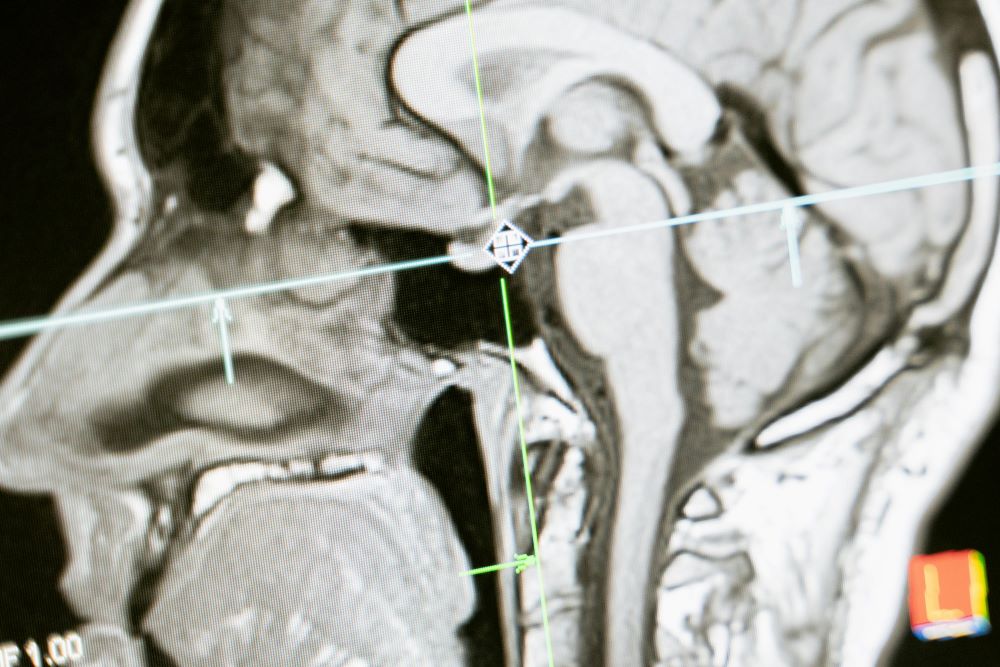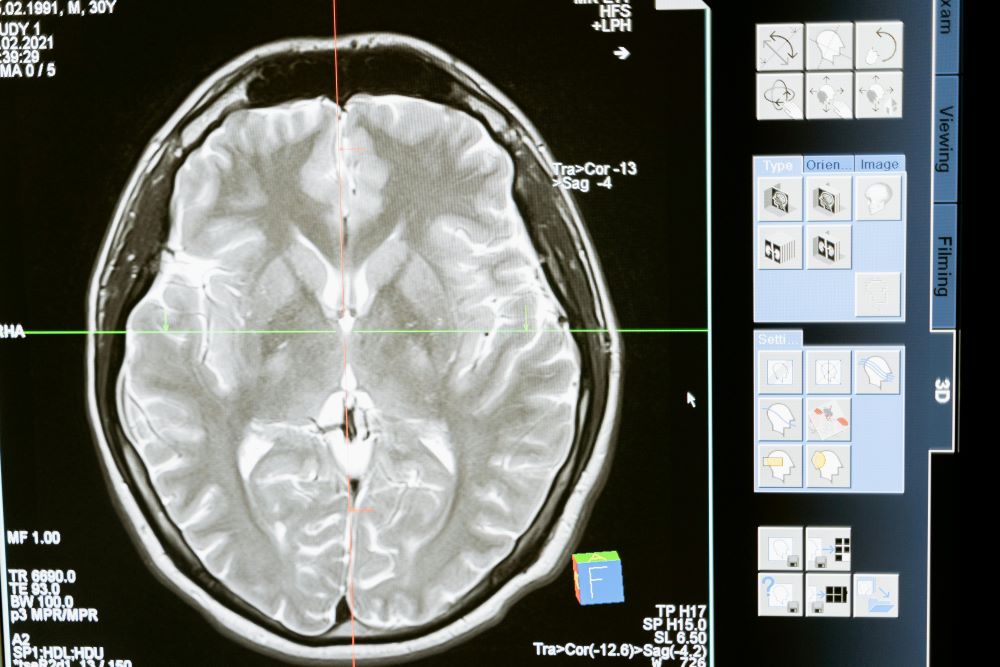A newly introduced artificial intelligence tool enhances imaging, improving diagnostic procedures.
A recent study published in Nature Machine Intelligence introduced an innovative tool called VirtualMultiplexer, a groundbreaking artificial intelligence (AI)-driven technology that transforms standard hematoxylin and eosin (H&E) tissue images into immunohistochemistry (IHC) images for a variety of antibody markers. AI-based VirtualMultiplexer promises to revolutionize cancer diagnostics by providing faster, more accurate results without the need for time-intensive, tissue-consuming processes.
Tissues are complex systems composed of different cells and substances, and H&E staining is an important technique in histopathology for analyzing tissue morphology, detecting abnormal cell growth, and identifying key markers of cancer, such as immune cell infiltration. The AI-based VirtualMultiplexer tool leverages artificial intelligence to take this standard H&E staining, commonly used in cancer pathology, and convert it into multiplexed IHC images. Much like how generative AI can create images or designs based on a photograph or a description, VirtualMultiplexer produces virtual colorations for specific cellular markers, offering a clearer, more detailed view of the tissue’s condition.
Understanding tumor spatial heterogeneity, or the variation in a tumor’s cellular and molecular makeup, is essential in cancer biology. Traditional methods to capture this detail are time-consuming and often result in misaligned images. The use of AI to artificially stain tissue images offers a promising alternative that is both cost-effective and accessible to many medical facilities. This breakthrough addresses the inefficiencies of conventional staining methods, allowing for a streamlined process that maintains high-quality diagnostic results.

VirtualMultiplexer represents a significant advancement in the field. Researchers trained the model by using unpaired original H&E-stained images as inputs and IHC-stained images as the targets. The AI model then translated these staining patterns into new tissue shapes, effectively generating virtual IHC images. What makes this AI tool unique is its ability to replicate expert human review at different levels, from single-cell detail to broader tissue-neighborhood assessments. The model uses a combination of loss functions to ensure that the virtual IHC images closely match the real ones, providing both content and stylistic consistency.
The tool was trained using a tissue microarray from prostate cancer patients, focusing on six key membranes, cytoplasmic, and nuclear markers. One of its key features is its multiscale approach, which merges three loss functions to ensure accurate and reliable staining. The AI-based VirtualMultiplexer images were tested using quantitative assessments and expert pathology reviews to determine their clinical relevance. Researchers also used Turing tests, comparing the AI-generated images to real ones, to validate their quality.
In addition to generating high-quality virtual IHC images, the model demonstrated its potential in improving clinical predictions. It was applied to multiple datasets, including the European Multicenter Prostate Cancer Clinical and Translational Research (EMPaCT) and PANDA, testing its ability to generalize across different tissue types and patient cohorts. The model was also tested with pancreatic ductal adenocarcinoma and breast cancer tissues.
The results indicate that VirtualMultiplexer can identify meaningful staining patterns at various tissue scales, without the need for sequential tissue slicing or expert annotation. The images it generates are virtually indistinguishable from real IHC-stained images, with high-quality staining that is consistent across different antibody markers. In a significant percentage of cases, the AI-generated images had comparable results to those of traditional staining methods, ultimately marking a new innovative approach in cancer diagnosis.
Sources:
New AI Model Revolutionizes Cancer Diagnostics with Virtual Tissue Coloration
AI tool enhances cancer diagnosis by transforming standard tissue images


Join the conversation!